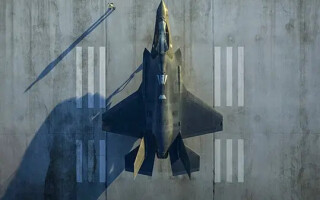LDRA Technology

Avionics
LDRA Integrates with Microsoft Azure DevOps to Advance ‘Shift Left’ Security Strategy - Press Release
August 10, 2022WIRRAL, United Kingsdom. LDRA, the leader in standards compliance, automated software verification, software code analysis, and test tools, today announced integration with Microsoft Azure DevOps. LDRA’s integration with this cloud-hosted development and deployment solution helps small- and medium-sized organizations more efficiently deploy the ‘shift left’ strategy—a core principle of DevSecOps. Using this methodology, military and defense providers can build security best practices into the earliest stages of software development. The LDRA tool suite also allows Azure developers to easily share results with management at any stage of the process from any computer.
Avionics
Avionics
Avionics
WEBCAST: Minimize compliance pain while navigating safety and cybersecurity certification of COTS and C++ solutions - News
January 15, 2021SCOTTDALE, Arizona. A new requirement for adherence to function safety or security standards can be a rude awakening for the uninitiated. There can be no half measures when applications are critical. Requirements traceability, static analysis, dynamic coverage analysis, and unit/integration testing are deemed essential, not just at the end of development but throughout the development lifecycle. Such activities can come at a considerable overhead. Off the shelf and open source software promise to offset that, and are in abundant supply for common system components such as RTOS and UI. However, integrating them within the application domain in a safety- or security-critical context can be a logistical nightmare for the unwary. This webcast of industry experts will help you to pick your way through the demands of the functional safety and cybersecurity standards to minimize the pain of compliance while maximising the benefit of commercial-off-the-shelf (COTS) software component use.







